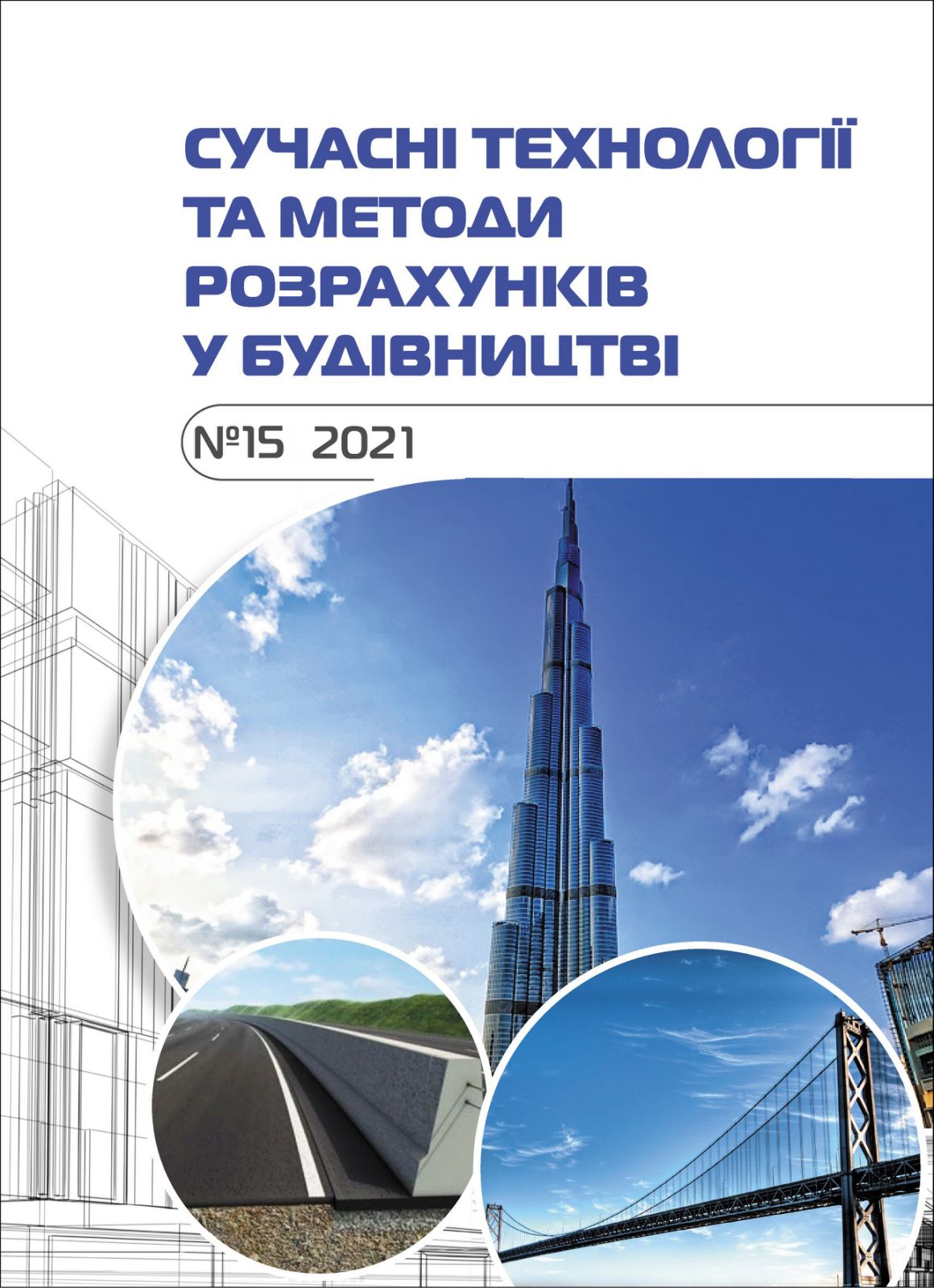Large-span spatial structural systems designed according to bionic principles
Abstract
Large-span spatial structural systems are most often used in buildings and structures where a large number of people are at the same time, therefore, their design, construction and operation require constant improvement. One of the ways to solve this problem is the search for reliable natural analogs and their use in spatial structural systems.The search for reliable natural analogues and their use in spatial structural systems is one of the most urgent tasks nowdays. Currently, the development of new options for spatial coatings, which were not previously used, and there is no experience in their operation, is being developed at a high pace. Approbation by experimental studies on models is ignored, and only a numerical experiment is used. But the behavior of large-span spatial structures under load is non-linear and difficult to predict, so the use of natural analogs is a guarantee of reliable operation.
The article analyzes new research on the use of bionic principles in large-span buildings and structures.Based on the study of the structure of constructive analogues of living nature, the principle of resilience in constructive systems has been established. Due to the use of resilience in the structure, its bearing capacity is restored without increasing the mass. Based on the principle of resilience, transformed coating designs have been developed.
According to the principle of heterogeneous material placement in structural systems, the combination of the geometry of polygonal cells with layering and their strong walls provide compactness, high strength and rigidity to structures with minimal material consumption. The use of layers with different properties makes it possible to obtain a sandwich type structure with high strength, rigidity and relatively low weight.
The principle of tight packing allows you to get the maximum usable volume with a minimum fence surface. In nature, it manifests itself in the optimization of biological forms in the case when the cells in the structure have constant geometric characteristics. So, bees building honeycombs form a dense pack of circles, which, under the action of capillary forces exceeding the pressure from the inside of the bee bodies, turn into the described hexagons. Splitting a plane into equal hexagonal elements has a minimum length.
The principle of the directional form of buckling makes it possible to avoid bifurcation of stable forms of equilibrium states in the design of structural systems, as well as to exclude the uncertainty of their further behavior under loads. Nature, creating constructive systems, deliberately tries to avoid possible transitions of initial deformations into other types, that is, excludes the loss of stability of the first kind.
According to the principle of the trajectory structure of structural systems, elements in the structures of living nature are placed in accordance with the geometry of the displacement field along the trajectories of principal stresses. The nature of the force field is determined by the type of external action and kinematic boundary conditions. Trajectory structures provide the required strength in relation to the given forces with an extremely limited amount of material. The orientation of the elements along the lines of force increases the strength and stiffness properties with a minimum amount of material used to create them.
Thus, large-span spatial structural systems designed using modern bionic principles are presented.








